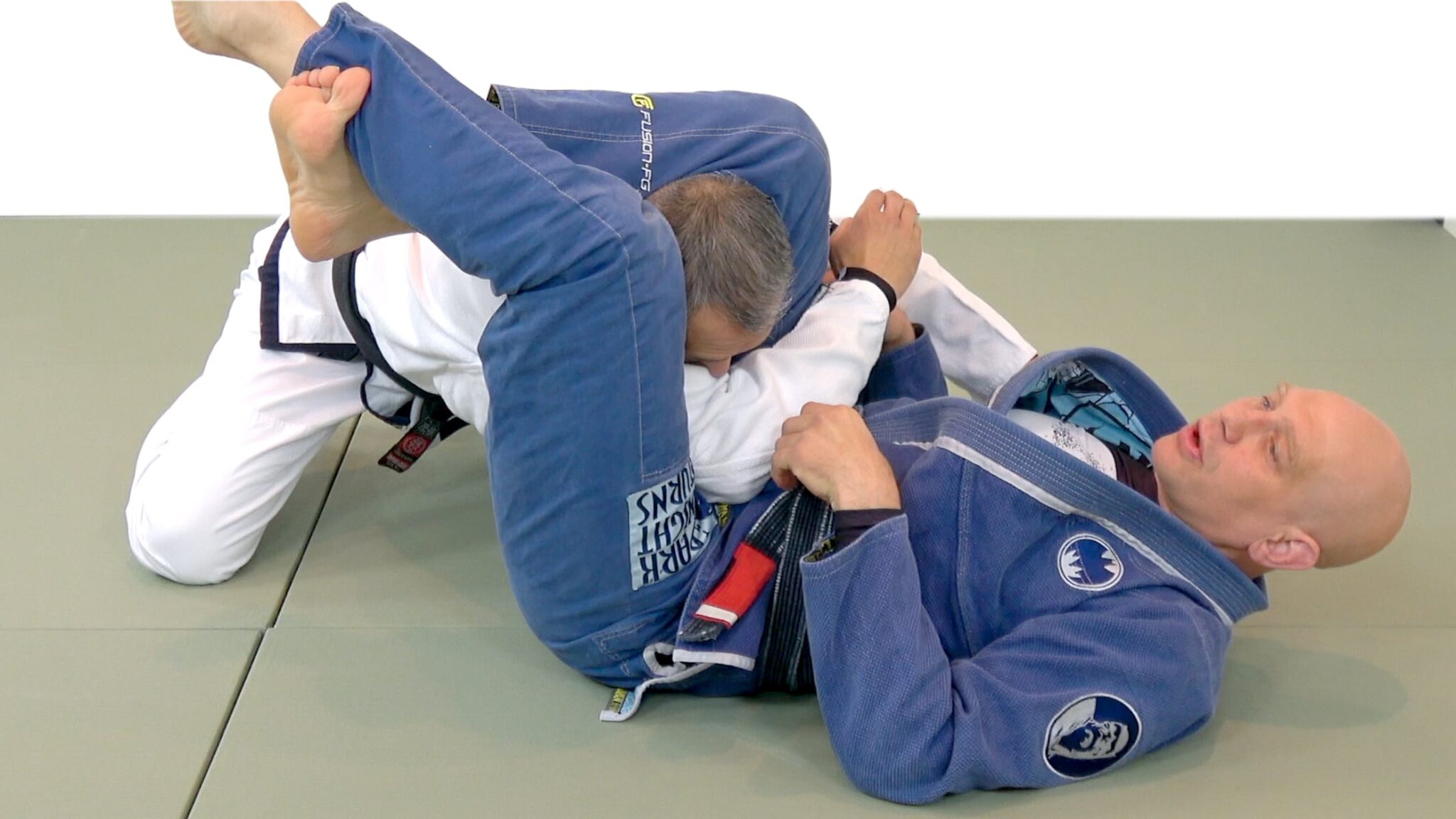
The Triangle Choke is a powerful submission that uses the legs to trap an opponent’s head and arm, cutting off their blood supply to induce a choke. It is most commonly applied from guard but can also be executed from various positions, including mount and back control.
The core principle of the triangle choke is to create a tight, locked triangle shape with the legs around the opponent’s neck and one of their arms. By positioning one leg across the back of their neck and locking it in place with the other leg, you use your thigh pressure to compress both sides of their carotid arteries. This restricts blood flow to the brain, leading to a quick and effective submission.
A successful triangle choke requires proper angles and control. Simply locking the legs is not enough—the practitioner must adjust their body to a perpendicular angle, elevate their hips, and ensure the opponent’s posture is broken. The trapped arm plays a crucial role in reinforcing the choke by preventing the opponent from easily escaping.
Defensively, escaping a triangle choke requires early awareness. If caught, posture is key—staying upright and keeping the opponent from fully locking their legs reduces their ability to generate pressure. If the choke is fully locked in, countermeasures such as hand fighting, stacking, or rolling escapes must be executed quickly before the submission takes full effect.
The triangle choke is a fundamental and highly effective submission in Brazilian Jiu-Jitsu, blending technique, leverage, and control to create a versatile attacking option from multiple positions.